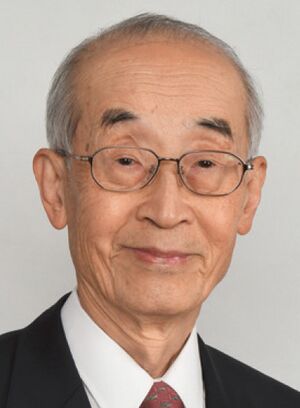Hiroyuki Matsunami
Biography
With its high-breakdown electric field and wide bandgap, silicon carbide (SiC) was long recognized as an ideal semiconductor for high-voltage, low-loss power devices that would substantially outper-form Si-based and GaAs-based devices. But SiC is a hard-to-handle material and researchers struggled to form it into single-crystal boules from which power devices could be fabricated. Then, in 1987, came Hiroyuki Matsunami’s invention of “step-flow epitaxy.” Without this breakthrough, epitaxial growth would have been impossible—and without epitaxial growth, modern SiC power electronics would never have happened. Matsunami’s achievement triggered the development of SiC-based power devices by manufac-turers worldwide, and the impact on industry and society has been far-reaching. High-voltage SiC Schottky barrier diodes (SBDs), the first prototype of which was demonstrated by Matsunami, have been volume products since 2001 and are now manufactured com-mercially by more than 10 companies, while volume production of high-voltage SiC power MOSFETs has been ongoing since 2010. These SiC power SBDs and MOSFETs exhibit outstanding perfor-mance, which conventional semiconductors cannot match, and they now enable remarkable energy savings in a wide array of electrical systems. SiC SBDs and MOSFETs are used in power supplies for server farms and workstations, air conditioners, photovoltaic converters for solar farms, fast chargers, and numerous traction systems such as high-speed railways. Thanks to SiC power devices, the world is saving an immense amount of electricity and even more, savings will come in the future. Meanwhile, SiC power MOSFETs have driven rapid growth in the EV industry. The Tesla Model 3 is the most popular EV on the road today and each one employs 48 SiC power MOSFETs in the main inverter feeding power to the traction motors. Most major car manufacturers are switching to EVs and experts predict that within 15 years, all new cars will be electric. There are about 75 million new cars sold worldwide each year and if each contains 48 SiC MOSFETs, this translates to around 4 billion SiC MOSFETs per year by 2035. None of this would be possible without Matsunami’s groundbreaking contributions. Matsunami deeply appreciates his staff and students.
An IEEE Life Fellow, Matsunami is a professor emeritus (retired) at Kyoto University, Yawata, Kyoto, Japan.
